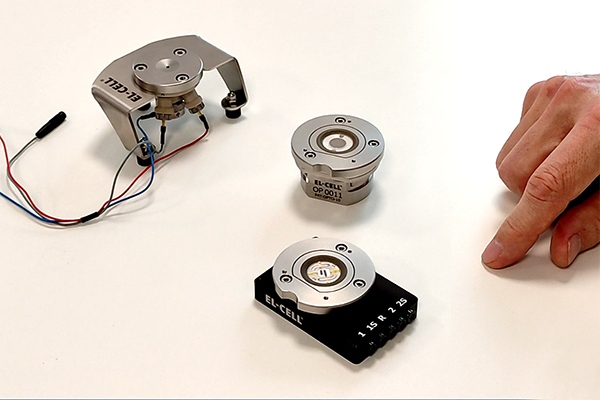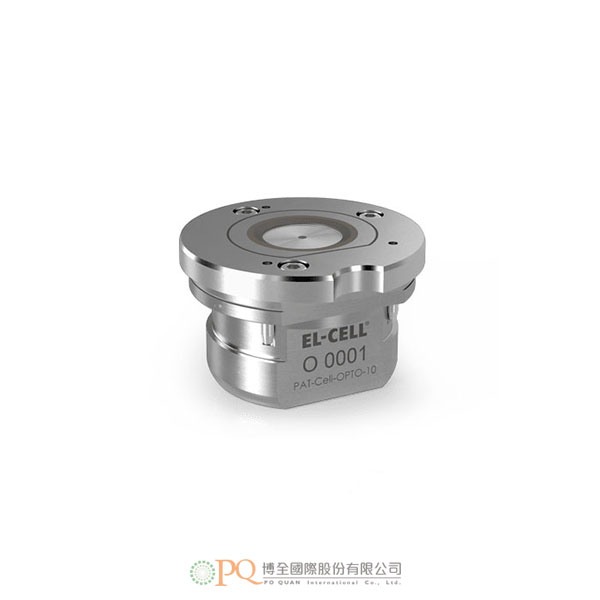
-
 AARONIA AG
AARONIA AG
-
 ADASH
ADASH
-
 Amptek
Amptek
-
 AOiP
AOiP
-
 AstroNova
AstroNova
-
 Automatic Research
Automatic Research
-
 AWSensors
AWSensors
-
 BASI
BASI
-
 BRS
BRS
-
 CALMET
CALMET
-
 CHECKLINE
CHECKLINE
-
 Cmc
Cmc
-
 C-Tech
C-Tech
-
 CTRL
CTRL
-
 DANATRONICS
DANATRONICS
-
 DV Power
DV Power
-
 EA Technology
EA Technology
-
 ECH
ECH
-
 EL-CELL
EL-CELL
-
 Electrothermal
Electrothermal
-
 Elsys
Elsys
-
 ELVEFLOW
ELVEFLOW
-
 Enapter
Enapter
-
 ENERGY SUPPORT
ENERGY SUPPORT
-
 Enervac
Enervac
-
 FASTEC
FASTEC
-
 Gaskatel
Gaskatel
-
 GE
GE
-
 GIUSSANI
GIUSSANI
-
 Globecore
Globecore
-
 GMW
GMW
-
 GREENLIGHT
GREENLIGHT
-
 GRZ
GRZ
-
 HIGH SENSE SOLUTIONSHTW
HIGH SENSE SOLUTIONSHTW
-
 HTW
HTW
-
 HUBER
HUBER
-
 HVPD
HVPD
-
 Ida
Ida
-
 Instytut Fotonowy
Instytut Fotonowy
-
 IVIUM
IVIUM
-
 Jacomex
Jacomex
-
 Jenway
Jenway
-
 JGG
JGG
-
 KEHUA TECH
KEHUA TECH
-
 Labdex
Labdex
-
 Labnics
Labnics
-
 LIQUID
LIQUID
-
 METERTEST
METERTEST
-
 Metrel
Metrel
-
 Microrad
Microrad
-
 micrux
micrux
-
 ndb
ndb
-
 Neware
Neware
-
 Norecs
Norecs
-
 Novocontrol
Novocontrol
-
 OKOndt Group
OKOndt Group
-
 OZM
OZM
-
 Pine Research
Pine Research
-
 Redoxme
Redoxme
-
 SATIR
SATIR
-
 SDT
SDT
-
 Serstech
Serstech
-
 VacCoat
VacCoat
-
 Zurich
Zurich
- AARONIA AG
- ADASH
- Amptek
- AOiP
- AstroNova
- Automatic Research
- AWSensors
- BASI
- BRS
- CALMET
- CHECKLINE
- Cmc
- C-Tech
- CTRL
- DANATRONICS
- DV Power
- EA Technology
- ECH
- EL-CELL
- Electrothermal
- Elsys
- ELVEFLOW
- Enapter
- ENERGY SUPPORT
- Enervac
- FASTEC
- Gaskatel
- GE
- GIUSSANI
- Globecore
- GMW
- GREENLIGHT
- GRZ
- HIGH SENSE SOLUTIONSHTW
- HTW
- HUBER
- HVPD
- Ida
- Instytut Fotonowy
- IVIUM
- Jacomex
- Jenway
- JGG
- KEHUA TECH
- Labdex
- Labnics
- LIQUID
- METERTEST
- Metrel
- Microrad
- micrux
- ndb
- Neware
- Norecs
- Novocontrol
- OKOndt Group
- OZM
- Pine Research
- Redoxme
- SATIR
- SDT
- Serstech
- VacCoat
- Zurich
PAT-Cell-Opto-10
PAT-Cell-Opto-10 型號:PAT-Cell-Opto-10Next generation PAT series test cell for operando characterization of electrodes using optical methods such as light microscopy or Raman spectroscopy in reflection mode.
- High cycling stability due to improved sealing concept
- Electrodes are easily accessible for post-mortem analysis
- Dedicated sample holders for different electrode arrangements available
- Cableless cell connection via PAT socket
-
PAT series test cell for optical characterization in the reflective mode
Product description
The PAT-Cell-Opto-10 is an advanced next generation battery test cell. It is designed for in-situ characterization of electrodes using methods such as light microscopy, Raman spectroscopy, XRD in reflection mode.
A newly developed sealing concept utilizing laser-welded glass-to-metal electrode feedthroughs and foil seals substantially increases cycle stability compared to the previous generation. We further optimized the cell design for easy assembly. Dedicated sample holders for side-by-side and face-to-face arrangements of electrodes vastly improve the handling.
The PAT-Cell-Opto-10 utilizes the cableless PAT socket for cell connection. This way, it can be directly plugged into a PAT battery tester like the PAT-Tester-x-8 or a PAT docking station to connect it to a third-party battery tester.
Sample test results

The picture shows two lithium metal electrodes – 20 µm lithium foil laminated on copper foil – beneath the sapphire window of the test cell. The electrodes are embedded into a glass fiber separator soaked with electrolyte. Applying a current of 20 µA for 5 hours makes the lithium to dissolve from the supporting copper foil (right electrode) and to plate as dendrites on the opposite side (left electrode).

The picture shows two graphite electrodes embedded in a glass fiber separator soaked with electrolyte. The graphite electrode on the left is being lithiated from the lithium metal electrode below the separator. From the color change, one can infer the lithiation gradient within the graphite electrode. The right graphite electrode can be used in a follow-up experiment to send lithium ions back and forth between the two graphite strips.
Gallery



-
Compatible PAT docking stations and potentiostats









